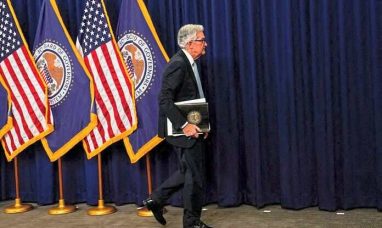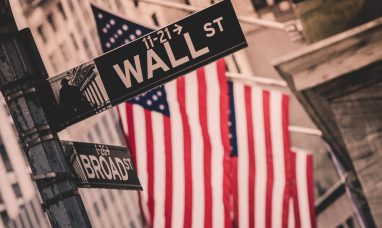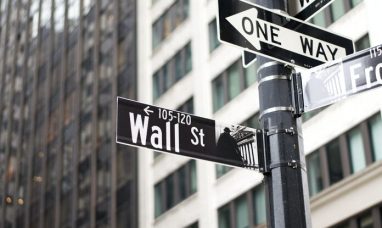The gold market remains locked below $1,950 an ounce as the Federal Reserve is projected to retain its aggressive monetary policies over the summer. However, price activity is one thing that investors should be looking at when constructing a core position in gold, according to one market strategist.
Gold Is an Essential Strategic Asset
Kristina Hooper, chief global market strategist at Invesco, stated in a recent interview with Kitco News that despite the fact that gold is in the midst of a challenging environment because markets anticipate that the Federal Reserve will raise interest rates by another 25 basis points later this month, gold is still an essential strategic asset to have in one’s possession.
Gold remains an important strategic asset for several reasons. Firstly, gold has a long-standing history of being recognized as a store of value. It has been cherished and valued for centuries, providing a sense of stability and security. Secondly, gold has a limited supply, which makes it inherently scarce. This scarcity adds to its allure and can act as a hedge against inflation and currency fluctuations.
Additionally, gold is considered a safe haven investment during times of economic uncertainty and market volatility. When other asset classes experience turbulence, investors often turn to gold as a reliable and tangible asset. Gold also holds intrinsic value as it is used in various industries, including jewelry, electronics, and dentistry. This industrial demand provides fundamental support for its price. Furthermore, gold can diversify investment portfolios, reducing overall risk by providing a counterbalance to other assets such as stocks and bonds.
Gold Will Keep Having Strong Support
Hooper also mentioned that there is a possibility that gold would continue to have strong support in the not-too-distant future because investors are looking for ways to hedge against developing concerns in the market.
Despite the Federal Reserve’s most aggressive tightening cycle in more than 40 years, economic growth in the United States has been remarkably robust; however, Hooper said that excessive savings, which have been boosting consumer demand this year, are starting to dry up. She stated that economists do not yet have a complete understanding of the full lagged impact that higher interest rates will have on the economy.
She mentioned that Invesco anticipates growth to decelerate, but that the United States is still on track to avoid a severe and protracted recession. However, she emphasized that there is still a possibility that the situation may become even worse.
Gold prices are supported by falling inflation, but this may not be sufficient to prevent the Federal Reserve from raising interest rates.
There is a risk of lagged effects that might inflict major damage to the economy that is inherent in any type of tightening cycle, let alone an aggressive tightening cycle. “The amount of damage that will ultimately be caused is something that we simply do not know,” she said. “We are able to make educated guesses as to what might take place, but we are aware that there is always the possibility of a harsh touchdown in the alternative risk scenario. This is yet another reason why gold should be included in a portfolio that has a high level of diversification.
Gold Price Could Go Back Up to $2,000 per Ounce
According to Hooper, the possibility of a recession, increased geopolitical threats, and demand for gold from central banks as part of a larger trend toward de-dollarization are just some of the variables that have the potential to push gold prices back up to $2,000 per ounce before the end of the year. She went on to say that even at the prices that are now being paid, there is a significant amount of value in gold.
Featured Image: Freepik

















